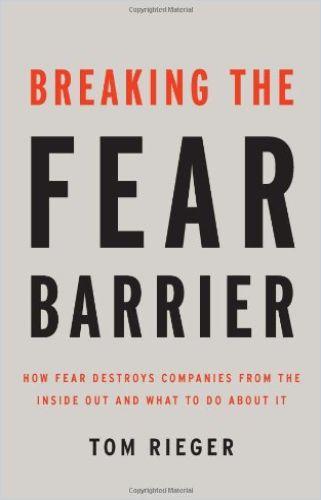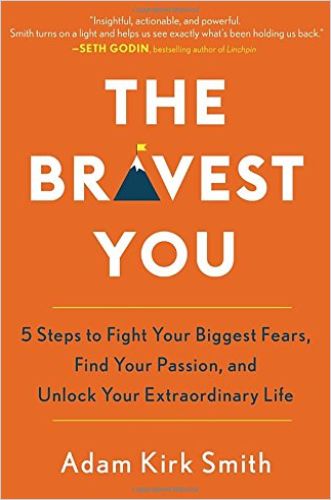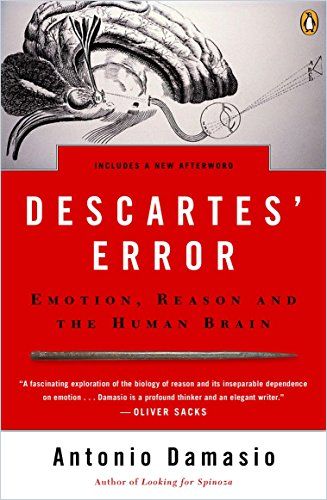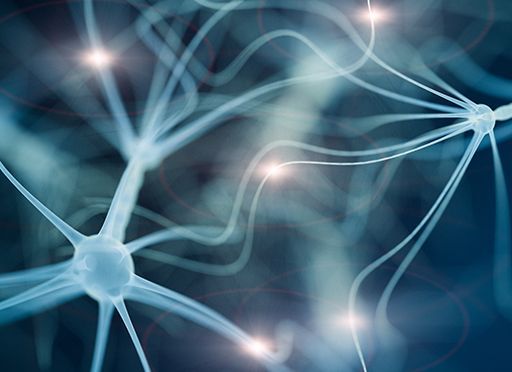Life Is Hazardous to Your Health

We live in an age full of risks. We have to make life-threatening decisions constantly:
Should I travel by plane? (300 casualties per year, worldwide).
Or better take the car? (3,000 deaths per year, in Germany alone).
Nah, I’ll stay home and keep the house tidy (8,000 casualties per year, in Germany alone).
Whatever your decision, it will be the wrong one. We tend to have a hard time concretely rating risks and dangers. We are terrified of shark attacks even though there is a 1 to 30 million likelihood to be attacked by one while swimming. If you choose to spend your holidays at Lake Winnipesaukee, chances are even smaller.
On the same token, many of us see no problem in pumping a pack of filterless Virginia Slims into their lungs daily. Some even believe that the risk of acquiring lung cancer diminishes if one only smokes close enough to the next hospital.
We have been working with science and logic for centuries, but we are still rather irrational beings deep inside. Even I, the sober, rational numbers guy, catch myself in the act now and then. Just yesterday, I was yelling at a chair for two minutes because I had hit my shin against it. And when my computer is acting against my will, I am disappointed on a personal level.
Logic and rationality are not our core competencies. That’s why we struggle with statistics – no matter what level of education. I know politicians who still cannot process how it is possible that they got 60% of the votes with only a 50% voter turnout rate.
I have unsettling news for you: Our brains are not constructed for rational risk assessment. When playing the lottery, we like to think: one winner in 140 million – it could be me! When smoking, we rather say: Lung cancer hits one in 1,000 smokers – why should that be me?!
Note
Our columnist Vince Ebert speaks at congresses, conferences and company celebrations in German and English on the topics of success, innovation and digitization. Here you can hire Vince Ebert as a keynote speaker for your event.
Individual risk assessment is usually not supported by sober statistics but based on fear. Fear is located in the oldest part of our brain – a relic from our time as reptiles. And everyone knows: Reptiles aren’t exactly geniuses. If you ask an alligator what the probability is of withdrawing three red balls in a row from a bowl containing a hundred red and ten white balls – well, forget it…
Especially when we are in immediate danger, our primal reptile brain tends to act on instinct rather than to get out the pocket calculator and neatly work out our chances of survival. This is also the reason why – despite a large, fully equipped cortex – we are prone to either massively over- or under-estimating risks and perils. Or, to put it differently: The actual hazards are often not the ones we are afraid of.
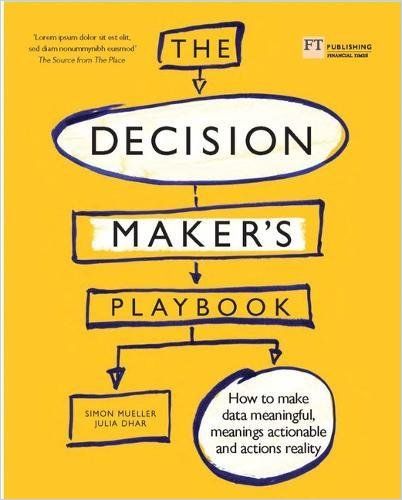
We are afraid of terror attacks but not of cholesterol. We panic when confronted with glyphosate and apples “with genes” but at the same time, we drink alcohol and ride motorcycles. Some even get married! And when the once tiny mole suddenly looks like the outline of Kazakhstan, we shrug and hope it will be the more benign, the less attention we pay it.
What Can We Do to Make Smarter Risk Assessments?
We could start by ridding ourselves of the delusion of a zero-risk. The desire for it is deeply rooted in humans, especially in we safety-fixated Germans. That is why we, in the middle of a pandemic, stop using a particular vaccine because it might or might not cause thrombosis in 10 out of 10 million people. It is a dilemma long known in risk research: The more we try to avoid a specific risk, the more a different one will surface.
A few years back, a German newspaper headlined: ‘Water Wings Cause Cancer!’ This actually spurred a debate! For more than two weeks, it was healthier for children to drown.
The concept of 100% safety has always been an illusion. The Ankylosaurus had no natural enemies because his body was fully armored. He was extinct anyway. Consequently, the question shouldn’t be, “How can we avoid risks?” but, “What risks are acceptable?”
An elegant way of comparing risks would be to take the number of people exposed to unavoidable danger and divide it by the number of victims. The higher the result, the smaller the threat.
- Casualties in skydiving without a parachute: 100 out of 100, safety factor: 1
- Casualties in skydiving with a parachute: 1 out of 250,000, safety factor: 250,000
It may seem cynical when risk researchers calculate and weigh up risks against each other. But the opposite is cynical: If assessing danger merely on a personal, emotional scale, we might end up fighting threats that aren’t ones, which doesn’t make our world a safer place. On the contrary, the magazine science worked out that only one out of 10 million US high school students died of asbestos exposure in a year. Due to the following asbestos renovation works, many students had to switch schools, resulting in longer trips from home, which resulted in 300 students dying on those trips.
Don’t Waste Your Time Pondering about Exotic Perils
The significant risks have been the same for decades: drinking, smoking, car driving. These are the biggest killers in Germany. You are exposed to the same risk when driving 10 kilometers to Frankfurt airport than when flying from Frankfurt to New York. If you have safely arrived by taxi at the airport, you have already mastered the worst part of your journey.
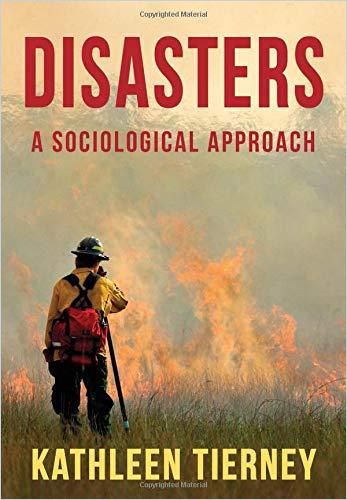
Since I have come to terms with that realization, I cannot be bothered by any catastrophe reports and horror news anymore. Because I know that by simply not smoking, not abusing alcohol, and sometimes taking the train instead of my car, I drive my life insurance agent up the wall.
For further reading on the topic, Vince recommends the following from our knowledge library:
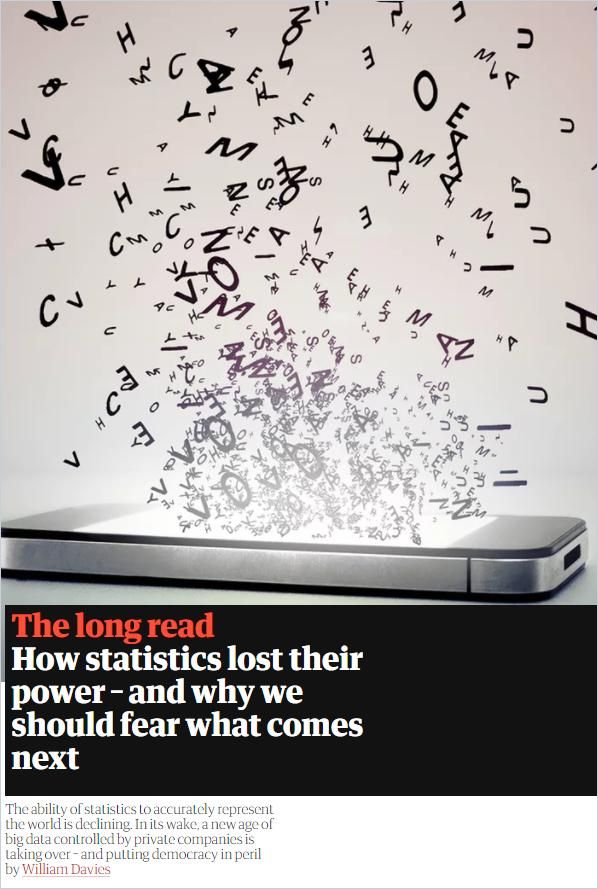
How Statistics Lost Their Power – and Why We Should Fear What Comes Next
The Guardian Read SummaryPhoto: Frank Eidel
